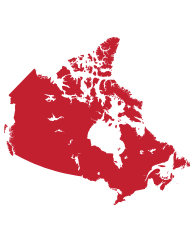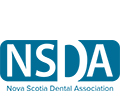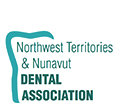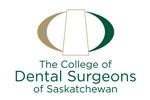Cavities
A cavity is a very small hole that forms on the surface of a tooth. Cavities are caused when sugars in the food we eat and bacteria in our mouths mix together, producing a mild acid that eats away at outer layer of our teeth (called enamel).
Cavities are more common during childhood, but adults can get them too. Adults tend to get two kinds of cavities:
- Cavities that form around a filling, or "recurrent" cavities. Fillings are not as smooth as natural teeth. Tiny bits of food and germs (bacteria) can get caught at the edge of a filling. This can cause a cavity to form again on the tooth around the filling. Also, when a filling breaks, the part of the tooth that is no longer covered is more likely to get a cavity.
- Cavities that form on the roots of the teeth, or "root" cavities. Years of brushing your teeth too hard can make your gums recede, or pull away from your teeth. Getting older can also make gums recede. When your gums pull away from your teeth, the roots of the teeth are out in the open. Roots do not have a hard, outer layer (enamel) to protect them, so they are more likely to get cavities.
When you go for a dental exam, your dentist checks your fillings and may suggest that you replace any loose or broken ones. Your dentist also checks for signs of decay, such as brown or black spots.
Your dentist may want to use X-rays to take a closer look at problem spots. If you have a cavity, your dentist may keep an eye on it (if it's small), or want to fill it right away. If a large cavity is not filled, it can get bigger and cause pain. The tooth may even have to be removed and replaced with a false (or artificial) tooth.










